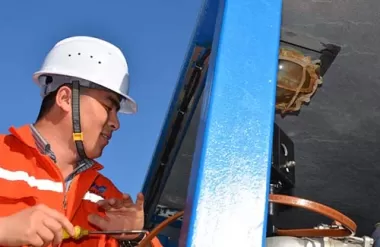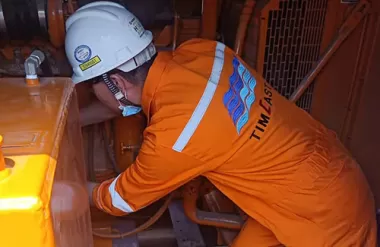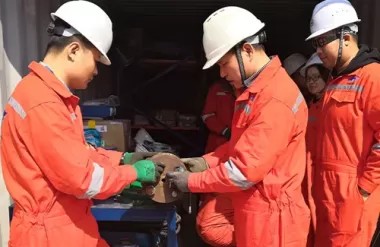Nov. 23, 2023
A leak test is a crucial procedure to ensure the integrity of a system and identify potential leaks in pipes, joints, or containers. Here is a step-by-step guide on how to perform a leak test effectively:
Choose the appropriate leak testing method based on the specific requirements of your system. Common methods include:
**Visual Inspection: Examining the system for visible signs of leaks.
**Pressure Decay Test: Monitoring pressure changes to detect leaks.
**Bubble Test: Applying a soapy solution to surfaces and looking for bubbles where gas is escaping.
**Helium Leak Test: Using helium as a tracer gas to identify leaks with a specialized detector.
**Ultrasonic Leak Detection: Using ultrasonic sensors to detect high-frequency sounds produced by leaks.
Before starting the leak test, ensure the system is properly prepared. This may involve closing valves, isolating sections, or depressurizing the system, depending on the testing method chosen. Follow safety procedures and wear appropriate personal protective equipment.
If visual inspection is part of the leak test, carefully examine the entire system for any visible signs of leaks, such as discolored areas, stains, or dripping fluids. Pay close attention to joints, connections, and any areas where leaks are likely to occur.
For pressure-based leak tests, pressurize the system to the specified test pressure. Monitor pressure gauges and record the initial pressure. Allow the system to stabilize, and then observe pressure changes over a set duration. A drop in pressure may indicate a leak.
If using the bubble test method, apply a solution of soapy water to the areas being tested. Bubbles will form at the site of leaks, indicating the presence of escaping gas. Take note of the location and size of any bubbles for further analysis.
For helium leak testing, introduce helium into the system and use a specialized helium detector to identify leaks. Helium is an effective tracer gas due to its small molecular size, making it capable of penetrating small openings.
If using ultrasonic detection, use a handheld ultrasonic sensor to listen for high-frequency sounds produced by leaks. This method is particularly effective in detecting leaks in pressurized gas systems where sound waves are generated by escaping gas.
Record all observations and measurements during the leak test. Analyze the results to determine the location and severity of any leaks. Evaluate whether the system meets the specified leakage criteria and take corrective actions if necessary.
Q: How often should a leak test be performed?
A: The frequency of leak testing depends on factors such as system type, industry regulations, and the nature of the substances being handled. Regular testing, often scheduled annually, is common for many systems.
Q: What safety precautions should be taken during a leak test?
A: Ensure proper ventilation, wear appropriate personal protective equipment, and follow industry-specific safety guidelines. Depressurize systems, use non-toxic testing materials, and adhere to all relevant safety protocols.
Q: Can leak tests be performed on both gas and liquid systems?
A: Yes, leak tests can be performed on both gas and liquid systems. The testing method and specific procedures may vary depending on the type of system and the substance being tested.
Dec. 12, 2023
The Basics of Electric Heat Trace Technology In the world of industrial processes and temperature control, Electric Heat Trace (EHT) technology plays a crucial role.Nov. 23, 2023
Performing a Leak Test: Step-by-Step Guide A leak test is a crucial procedure to ensure the integrity of a system and identify potential leaks in pipes, joints, or containers.Nov. 08, 2023
Main Steps of a Flange Management Procedure Flange management is a critical aspect of maintaining the integrity and reliability of piping systems in various industries.

